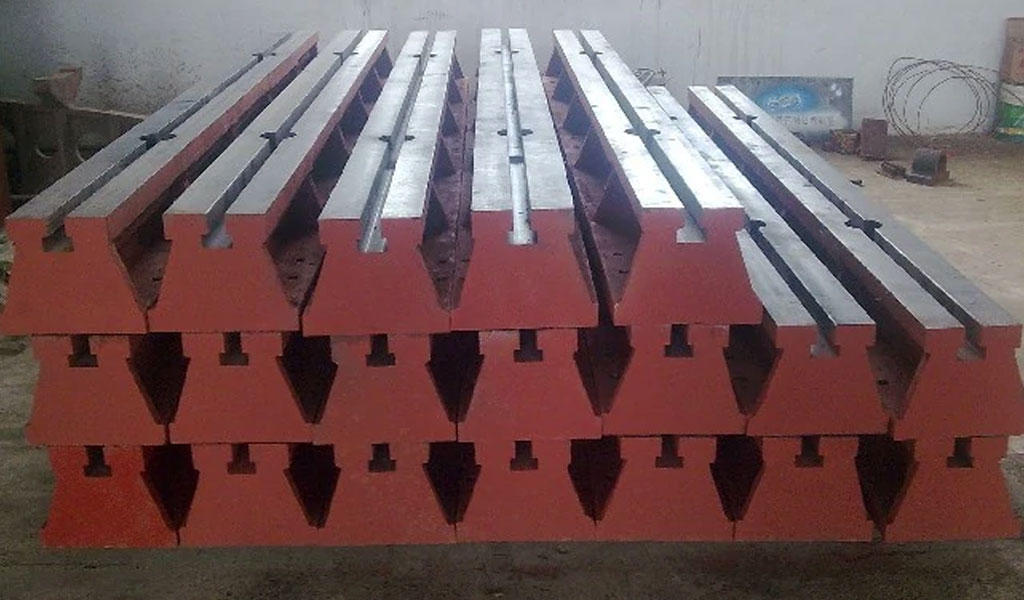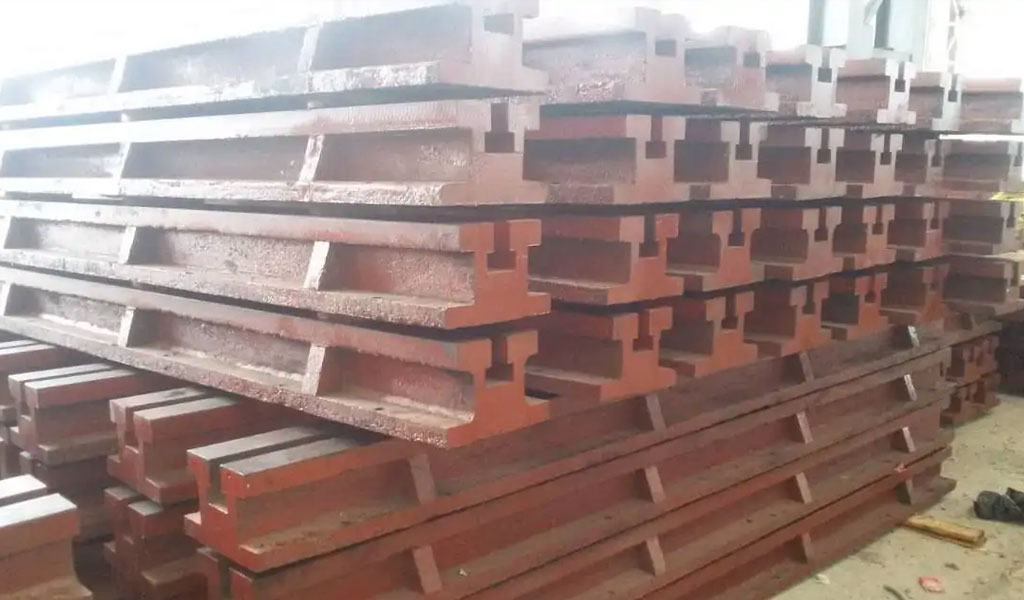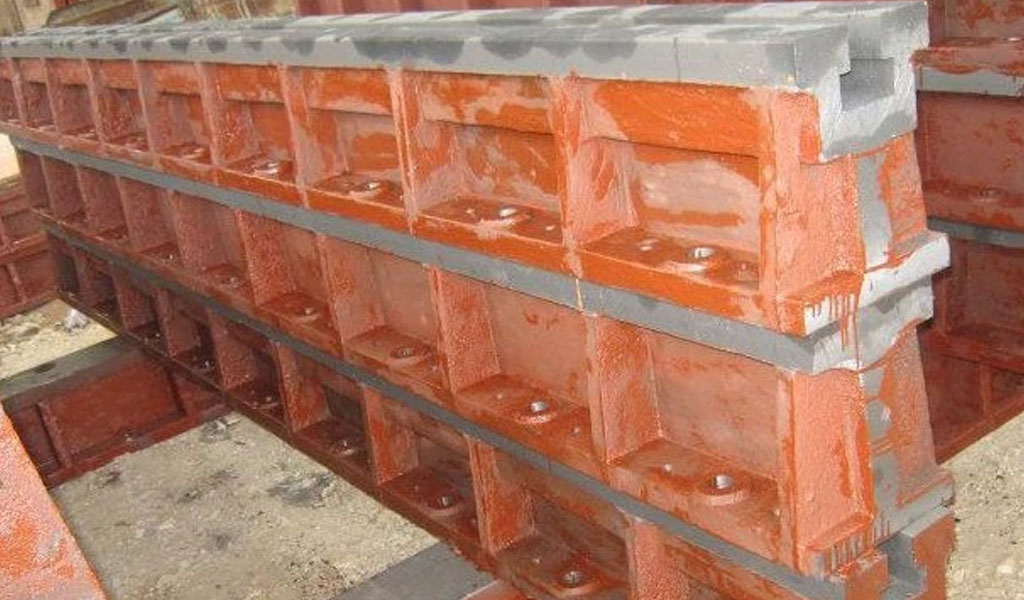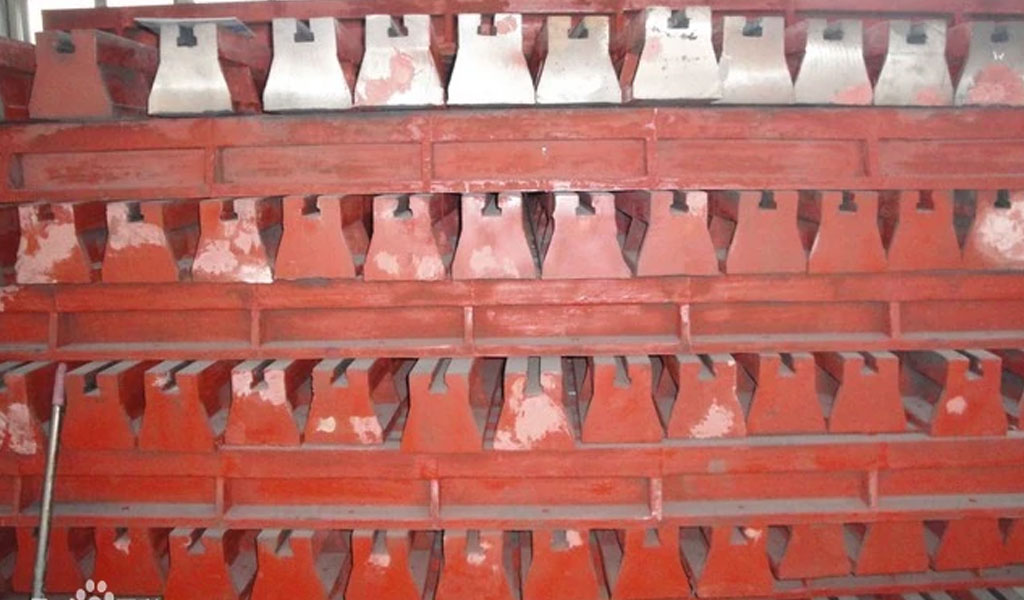
Cast Iron Ground Rails
The cast iron ground rail is a cast beam platform that can assemble, test, weld and inspect large equipment. It is flexible and convenient to use, and the position can be adjusted according to the support point of the equipment, which is more conducive to the operation of the equipment.Ground rails are usually called, cast iron ground rails, T-slot ground rails, ground channel iron, basic Cao rail, ground beams, cast iron ground beams, strip plates, and strip platforms.When encountering huge mechanical equipment, several or more ground rails can be spliced together and used as a bearing platform.
The ground rail is an indispensable and important equipment in the industry
The Features Of Cast Iron Ground Rails
- Main use of cast iron ground rails: designed and spliced according to the fixed points of the equipment, mainly used for assembly, testing, welding and inspection of large equipment.
- Advantages of using ground rails: This way, there is no need to make a large platform, which not only saves material costs, but also takes up a small space! It is very cost-effective
- The use of the ground rail: according to the fixed point of the equipment, it is designed and spliced into a cast beam platform, which is mainly used for the assembly, test, welding and inspection of large equipment.
- The advantages of the ground rail: It does not need to be made into a large platform, which not only saves the cost of materials, but also occupies a small space, which is very cost-effective.
- The material of the ground rail: high-strength cast iron HT200-300, the hardness of the working surface is HB170-240, after two manual treatments (artificial annealing at 600 degrees -700 degrees or natural aging for 2-3 years), the product has stable precision and wear resistance. Good performance.
- Specifications of the ground rail: The specific specifications can be made according to the drawings of the buyer or agreed by both parties for production and processing
- Commonly used modeling methods for ground rails: sand molding.
The Use Instructions Of Cast Iron Ground Rails
The cast iron floor rail is used for assembling, testing, welding and inspection of large equipment platforms. When encountering large-scale mechanical equipment, several or more ground rails can be spliced together and used as a bearing platform. The ground rail is an indispensable main equipment in the industry.
The use of cast iron ground rails: according to the fixed points of the equipment, it is designed and spliced into a cast beam platform, which is mainly used for assembly, testing, welding and inspection of large equipment.The advantages of cast iron ground rails: In this way, there is no need to make a large platform, which not only saves the cost of materials, but also occupies a small space, which is very cost-effective.

The material of cast iron ground rail: high-strength cast iron HT200-300, the hardness of the working surface is HB170-240, and after two manual treatments (artificial annealing at 600-700 degrees and natural aging), the product has stable precision and good wear resistance.
Mechanical properties of cast iron rail castings: Tensile strength: ≥250N/mm2 Hardness: HB=190-240
Machining Accuracy Of Cast Iron Rail
- The unevenness of the upper surface is not more than 0.3mm (in the whole length);
- The non-parallelism of the upper and lower surfaces is not more than 1.0mm (in the whole length);
- The straightness is not more than 8mm in the whole length.

Technical Requirements For Laying Cast Iron Ground Rails
- The buried depth of the cast iron rail should be the same as the ground decoration layer or slightly higher than 3-5mm.
- After the ground rail is installed, within any length of 1m, the horizontal deviation is not more than 1mm, the overall length is not more than 2mm, the horizontal deviation of the corresponding point between the rails is not more than 1mm, and the parallelism deviation between each two rails is less than 2mm . The straightness is not more than 8mm in the whole length
- The fixing method of the cast iron ground rail is to fix it firmly with M8 iron expansion nails or shooting nails according to the required spacing (about 500-700mm) on both sides of the inner side of the rail. The bottom surface of the track and the ground must be closely applied, and there should be no virtual span gap to prevent the ground rail from bending and deforming after the load of the track.
- The installation of the ground rail: use the strip bridge plate and the image level. First level a ground rail, and then use it as a benchmark, and perform initial adjustment down in turn. Then the cement is grouted, and after the cement is solidified, the fine adjustment inspection is carried out.



